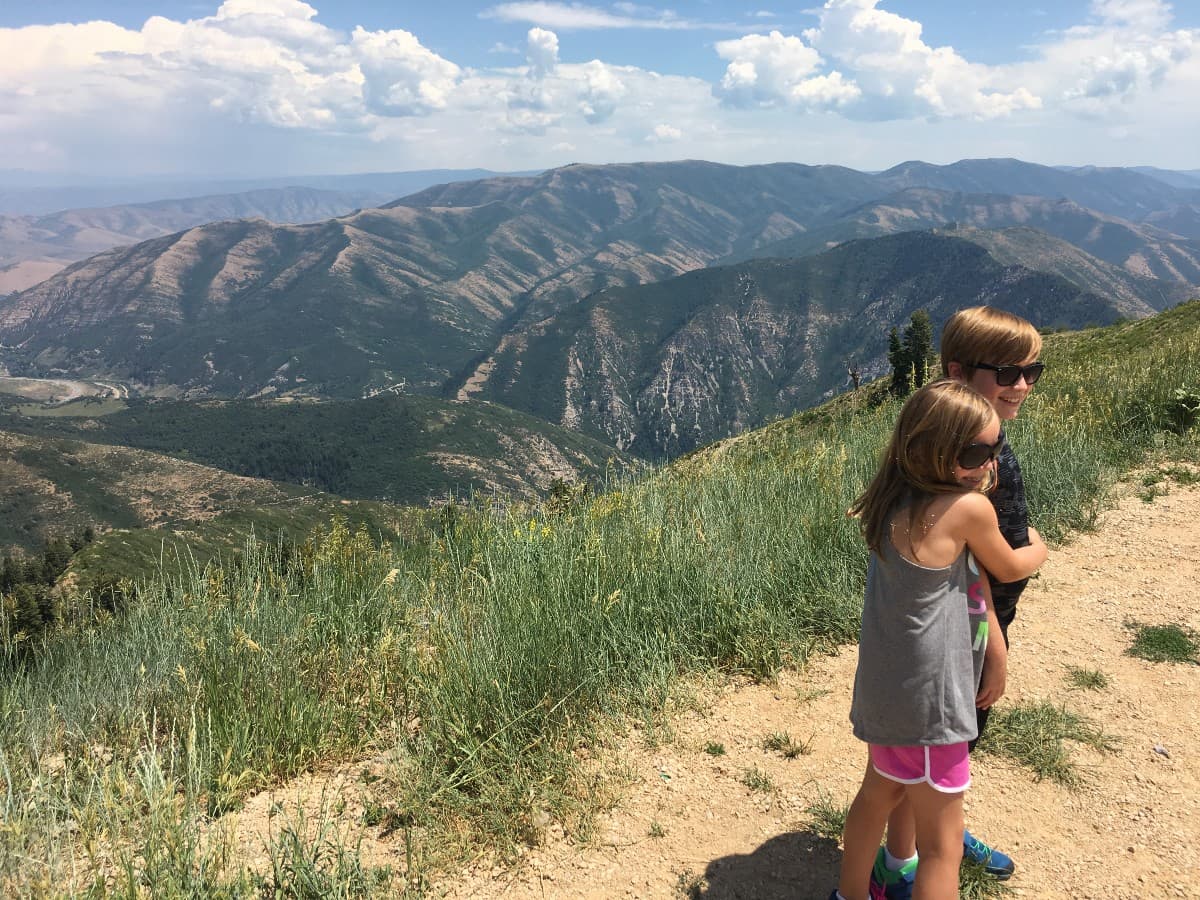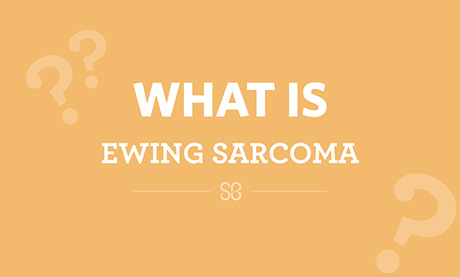

During the Christmas break of 2019, Ben
complained about occasional stiffness and mild pain in his right leg. It was
more consistent and sometimes accompanied by a limp by late January. He was
taken for an x-ray, and we were told that everything looked normal. However,
the pain continued to increase.
Ben
never complained about pain, so his mother knew something was wrong. She took
him to an orthopedist who immediately saw something she didn’t like in the
x-ray and sent us for MRI. We were sent down to Johns Hopkins immediately after
the MRI as it showed a significant growth on Ben’s right hip.
At
Johns Hopkins, they indicated that it was most likely a malignancy and probably
a type of cancer called Ewing Sarcoma. A battery of scans and a biopsy
confirmed the suspicion; a central line was installed for chemotherapy and thus
began the whirlwind of cancer treatments.
Ben
went through 14 rounds of chemotherapy and 25 rounds of proton radiation. His
tumor responded very well, but we decided on surgery as the best course of
action to remove the cancer. He had an internal hemipelvectomy in September of
2020, a massive surgery that removed the bulk of his right hip and hip socket
and built an artificial hip socket out of scar tissue (flail hip), which
required three months of non-weight bearing. The week of Thanksgiving 2020,
Ben’s treatments were finished; we were thankful indeed!
Ewings
patients are monitored closely post-therapy, and his initial scans in the first
week of March 2021 showed a small nodule in his right lung. A follow-up scan
six weeks later confirmed our worst fear; his cancer had returned.
Ben
enrolled in a trial at the Dana-Farber Cancer Institute. We spent the bulk of
the summer in Boston, and while it was not the most enjoyable of circumstances,
Ben really enjoyed his time in the city. We had four treatment cycles in
Boston, and his tumors responded very favorably. He was released from the trial
officially but returned to Baltimore to continue the therapy and start high
school.
In
Baltimore, he continued the same treatment and began radiation therapy. We had
another set of scans the week of Thanksgiving, showing that his disease was
stable. At this point, Ben had something on the order of twenty rounds of
chemotherapy, 35 days of radiation, and surgery that removed his tumor but also
a large portion of his bone marrow. As such, he had an increasingly difficult
time recovering from the toxic effects of his therapy. We intended to have
another round of chemotherapy in mid-December, but his counts didn’t recover.
Instead of pushing ahead with another round of chemotherapy in late December
and risking delays to radiation therapy in January, we elected to hold the
chemotherapy. His initial scan at the start of radiation still looked good, but
he had a cough, and it worsened throughout the radiation treatments. During the
second week of treatment, there appeared to be “something” on the scan, and a
CT was ordered. It showed a multitude of tumors throughout his lungs and in his
lymph node near his right bronchi, pushing in on his airway. His right lung was
also partially collapsed.
We
halted his trial therapy and regrouped. While in Boston, they sequenced the DNA
of his tumor and identified that it would likely respond to a drug called
Palbociclib, so we tried that treatment. To help improve the situation in his
lungs, he also had a stent put in to open his airway. They took a biopsy during
that procedure, and all of the tumor tissue came back necrotic. We were hopeful
that we found a treatment that would cure him. We continued another round of
that therapy and scheduled a PET scan to see how he was responding. While the
cancer was responding extremely well in some areas, regrettably, it continued
to grow and spread in others. His disease had mutated.
We
looked into other trials, but while he was waiting for some required wash-out
periods, his health continued to decline. Fluid built up around his lungs, and
he was hospitalized for observation. A number of interventions ultimately
proved fruitless, and he passed away on March 27, 2022
While
there are countless things we’d change in hindsight, it’s not clear that
anything would have changed the result. What is very clear is much work needs
to be done to improve outcomes for children and young adults who are diagnosed
with Ewing Sarcoma. Ben’s fund will focus on a few key areas. First, early
detection and awareness. Too often, Ewing Sarcoma is confused with growing
pains or “dings” from sports or just kids being kids. Given how rare this
disease is, that assumption is almost always correct, but the results are
devastating when it isn’t. Knowing the signs and having the tools to discover
ES early while it is more likely to have a favorable outcome are key.
Developing tools to understand the origins of ES and being able to replicate it
in a lab setting to accelerate testing and treatment is critical. Third, a
better understanding of the genomics of the patient and the disease and how
they change and react to therapy will provide vital insights into treatment
paradigms. A “standard” treatment may not be appropriate for patients with
certain mutations. Fourth, research into better therapies that are more
effective and ideally less toxic will be necessary to improve outcomes for
patients. The Ben Brandenburg Fund for Ewing Sarcoma Research will be a lasting
legacy to Ben’s memory and will continue to fight this horrid disease so that
fewer children will have to suffer from Ewing Sarcoma.



The St. Baldrick's Foundation is guided by a Scientific Advisory Committee, comprised of leading experts in the childhood cancer community, to ensure that every dollar makes the greatest impact for kids with cancer.
These people make us smile - they’re the doers and money-raisers on behalf of The Ben Brandenburge Fund for Ewing Sarcoma Research. They’re shaving their heads, hosting events, starting fundraisers, and more to make childhood cancer research possible.
Start your own St. Baldrick’s head-shaving event to raise money on behalf of our Hero Fund! You’ll be paired with a staff member who will walk you through every step of the process, and you’ll have fun knowing you’re doing a great thing for kids with cancer.